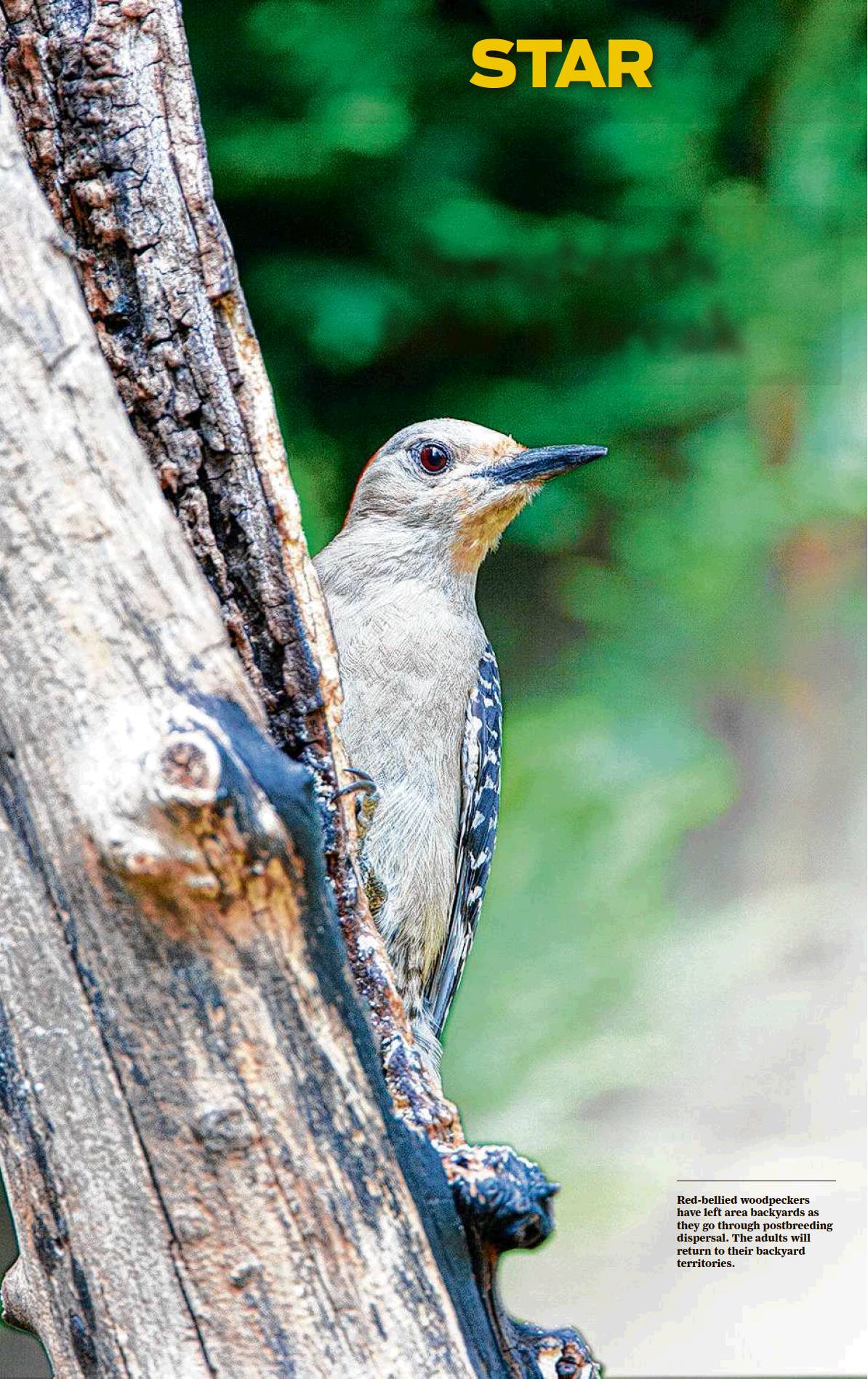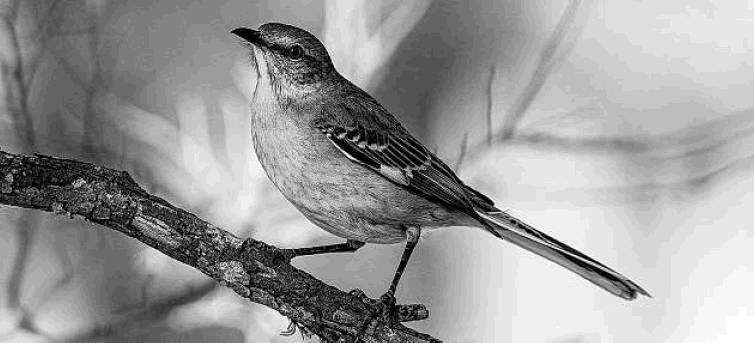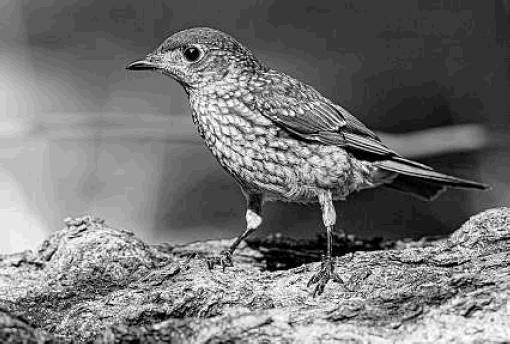NATURE
Songbirds take a break
After a summer of raising chicks and searching for food, it’s time to just get away
By Gary Clark CORRESPONDENT
My bank account is better off these days. During the summer months, I was draining funds to buy birdseed, bark butter and meal-worms for backyard songbirds with insatiable appetites — and hungry chicks to nourish.
But they’ve all vacated my yard, save for a few house finches perching on the feeders and a Carolina wren uttering a short song that sounds like “teacher-teacher-teacher.”
Gone are pugnacious mockingbirds pilfering the tray of mealworms meant for nesting bluebirds, which also have departed. Gone are the pesky house sparrows that hog the birdseed. Gone is the horde of white-winged doves crowding around the bird feeder. And gone are the downy and red-bellied woodpeckers that feasted on bark butter I dutifully spread on the trunk of a sweetgum tree.
Where have all the songbirds gone?
They wandered off in a phenomenon known as postbreeding dispersal, engendered by hormonal changes that create a kind of restlessness. Perhaps they grew weary from competing with other birds for food and are searching for places with fewer competitors. Not to mention that they are taking a break from the rigors of raising chicks.
After the chicks grew to become juveniles, they eventually began molting into their first coat of adult plumage — and they were ready to strike out on their own. That’s a good thing because their departure prevents inbreeding with siblings, which would degrade the gene pool of their species.
Carolina wren parents stay put, being quintessential homebodies. Their offspring only wander to other parts of the neighborhood because wrens maintain family ties within communities we’d call “small towns.”
Woodpeckers don’t go far off, and soon they will return to their backyard territory. Same with bluebirds. In fact, I just saw a male perched on his nest box as the female poked her head out of the entrance hole. But woodpecker and bluebird youngsters may go off to search for their own breeding territories.
Cardinals will be back on the bird feeders any day now. Males will utter “cheer-cheer-cheer” notes at sunrise. But cardinals don’t necessarily return to the same nesting ground, as do woodpeckers and bluebirds. Not that I could tell one pair of cardinals from another that had nested in my yard in the spring.
A new group of birds that bred in northern regions will soon migrate to my yard to spend the winter. These will include perky songbirds, such as ruby-crowned kinglets and woodpeckers called yellow-bellied sapsuckers.
Wait! Isn’t that a kinglet scurrying around my sweetgum tree?
Gary Clark is the author of “Book of Texas Birds,” with photography by Kathy Adams Clark (Texas A&M University Press). Email him at Texasbirder@comcast.net.


